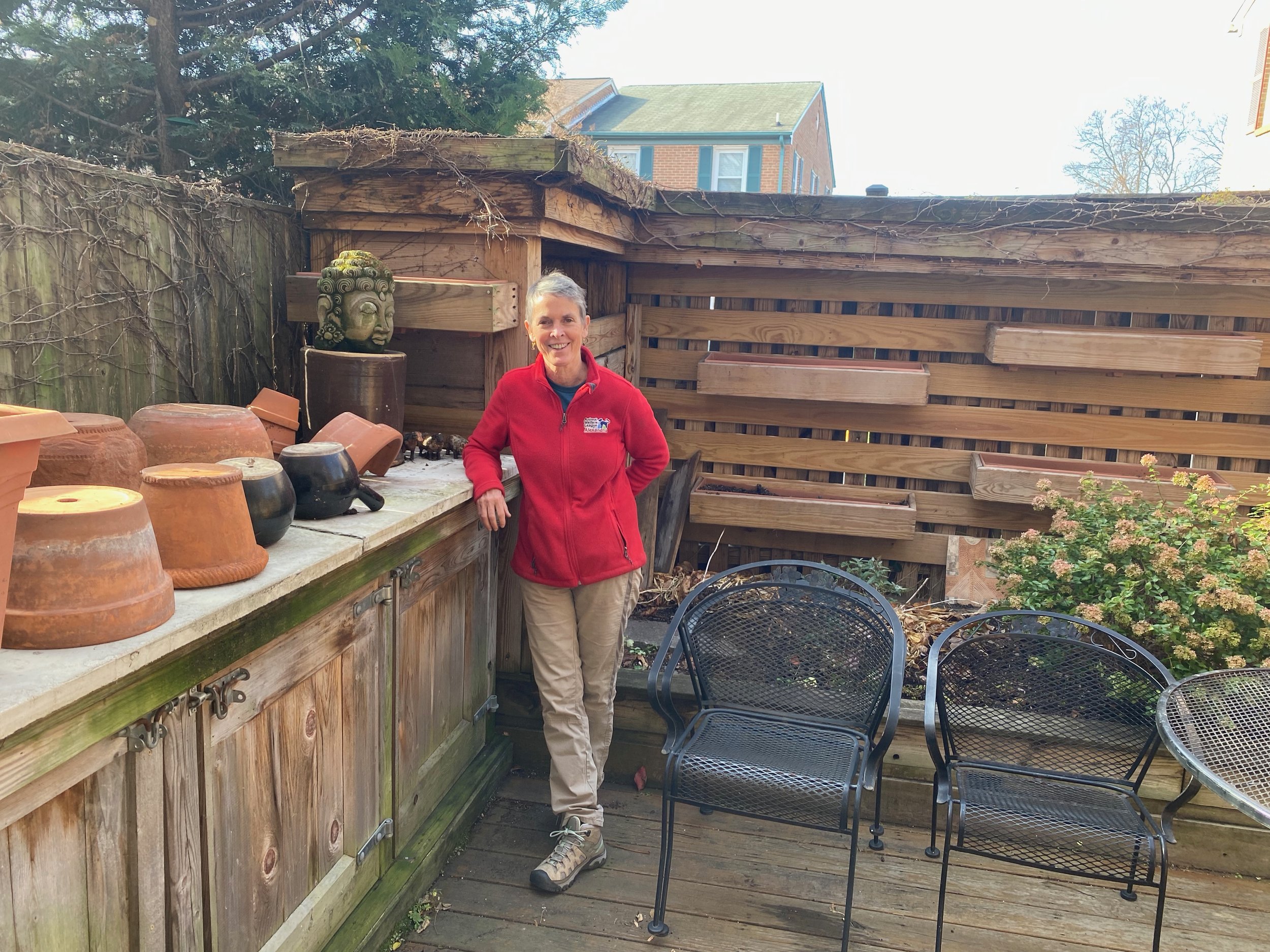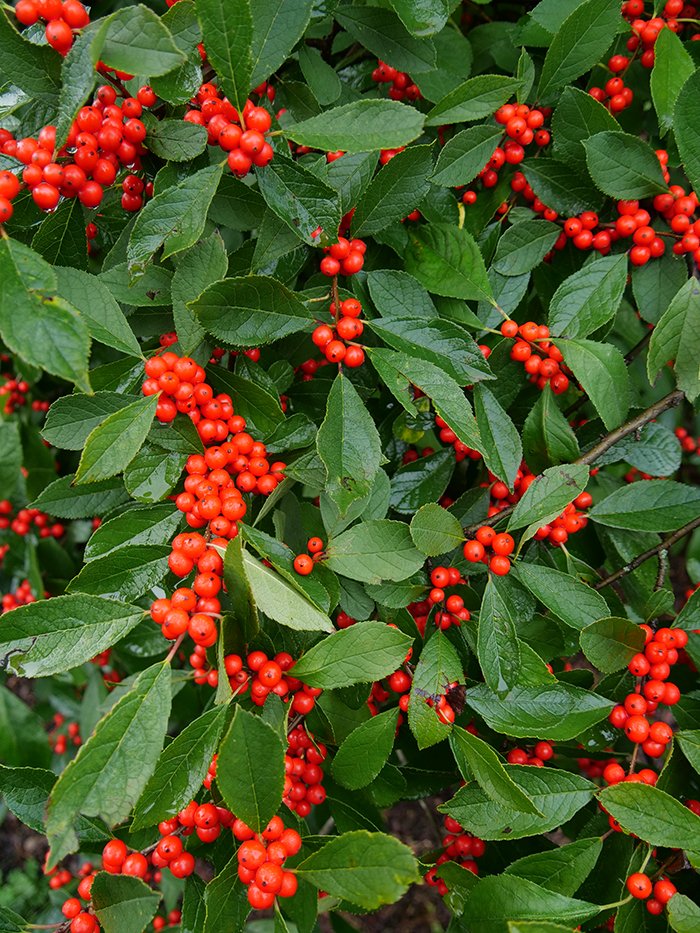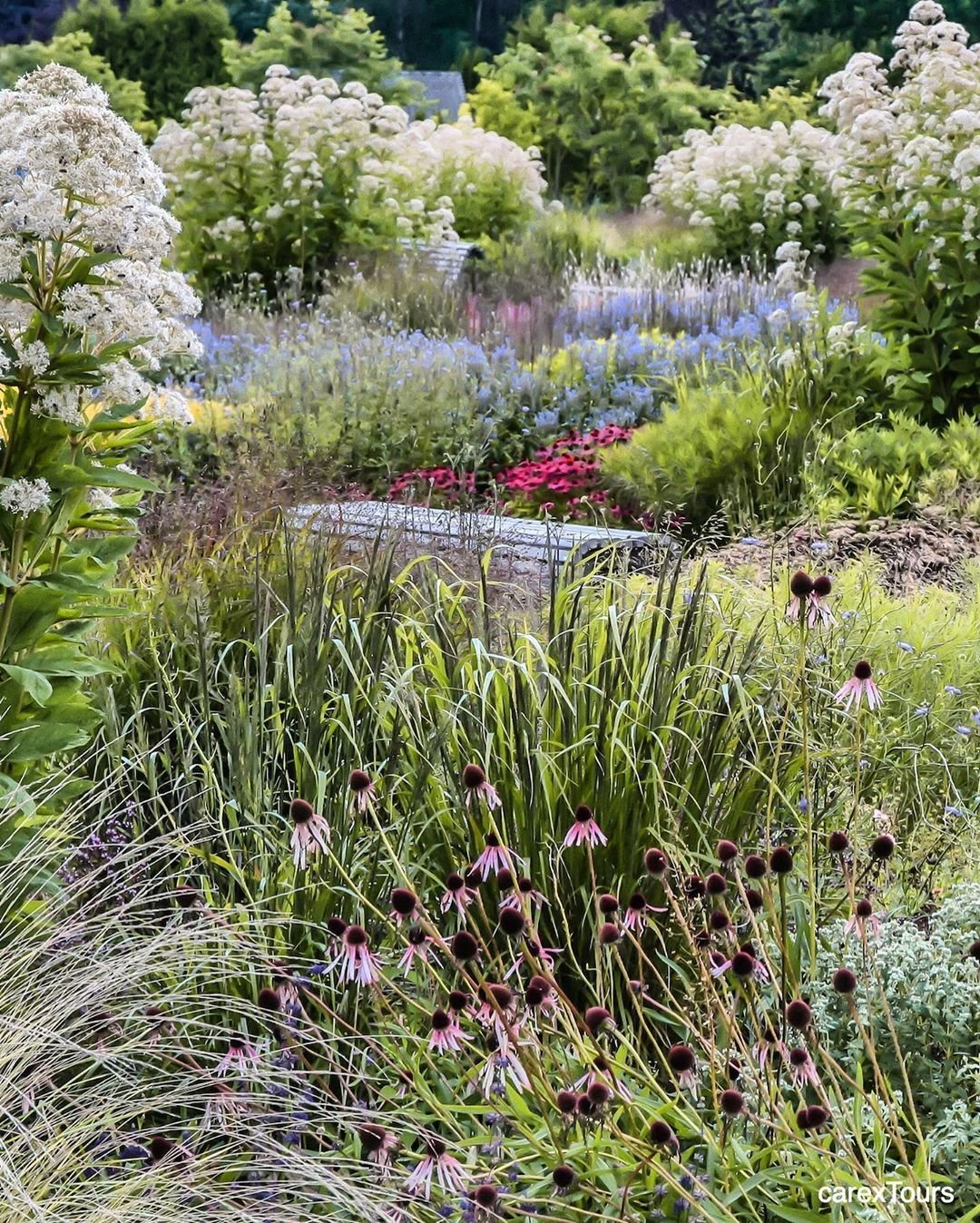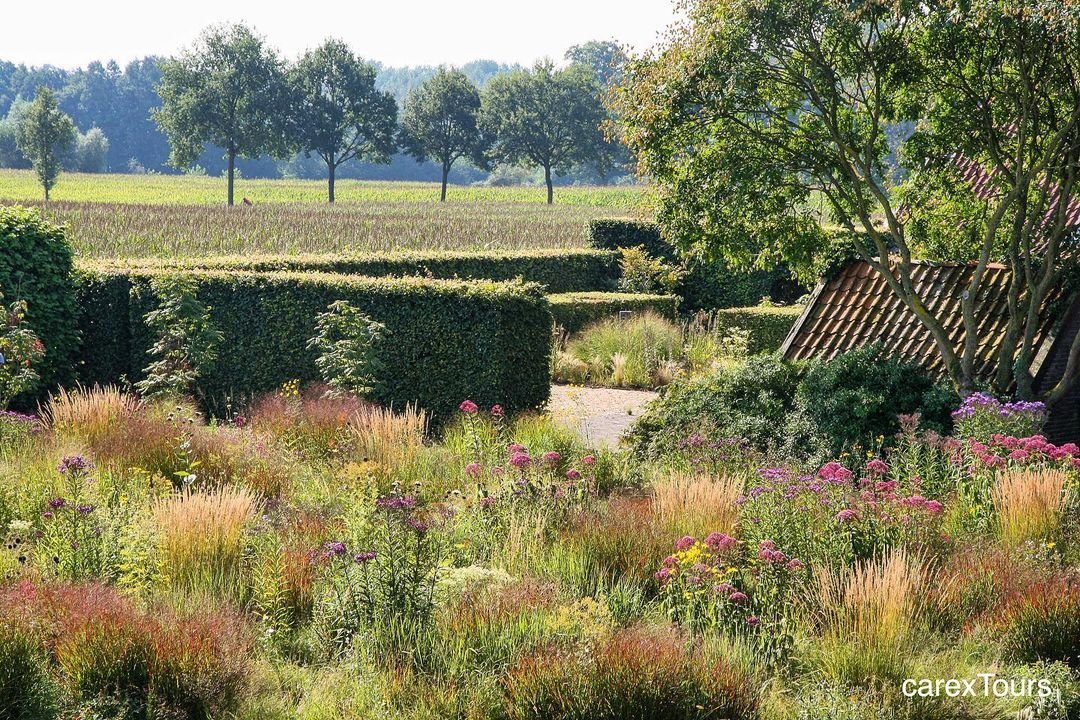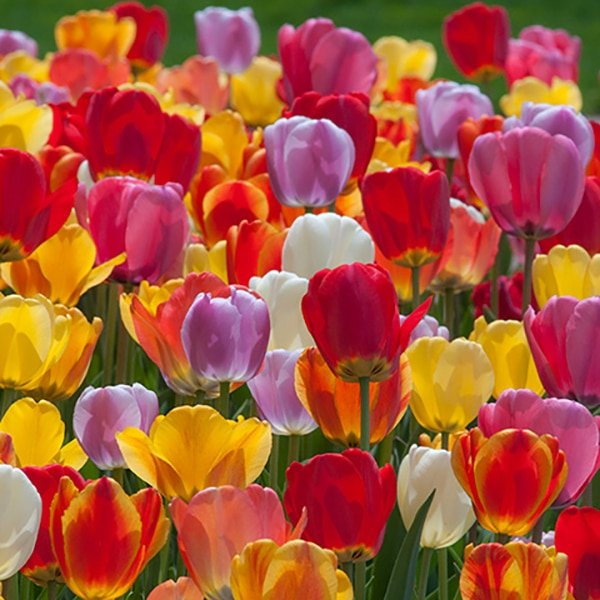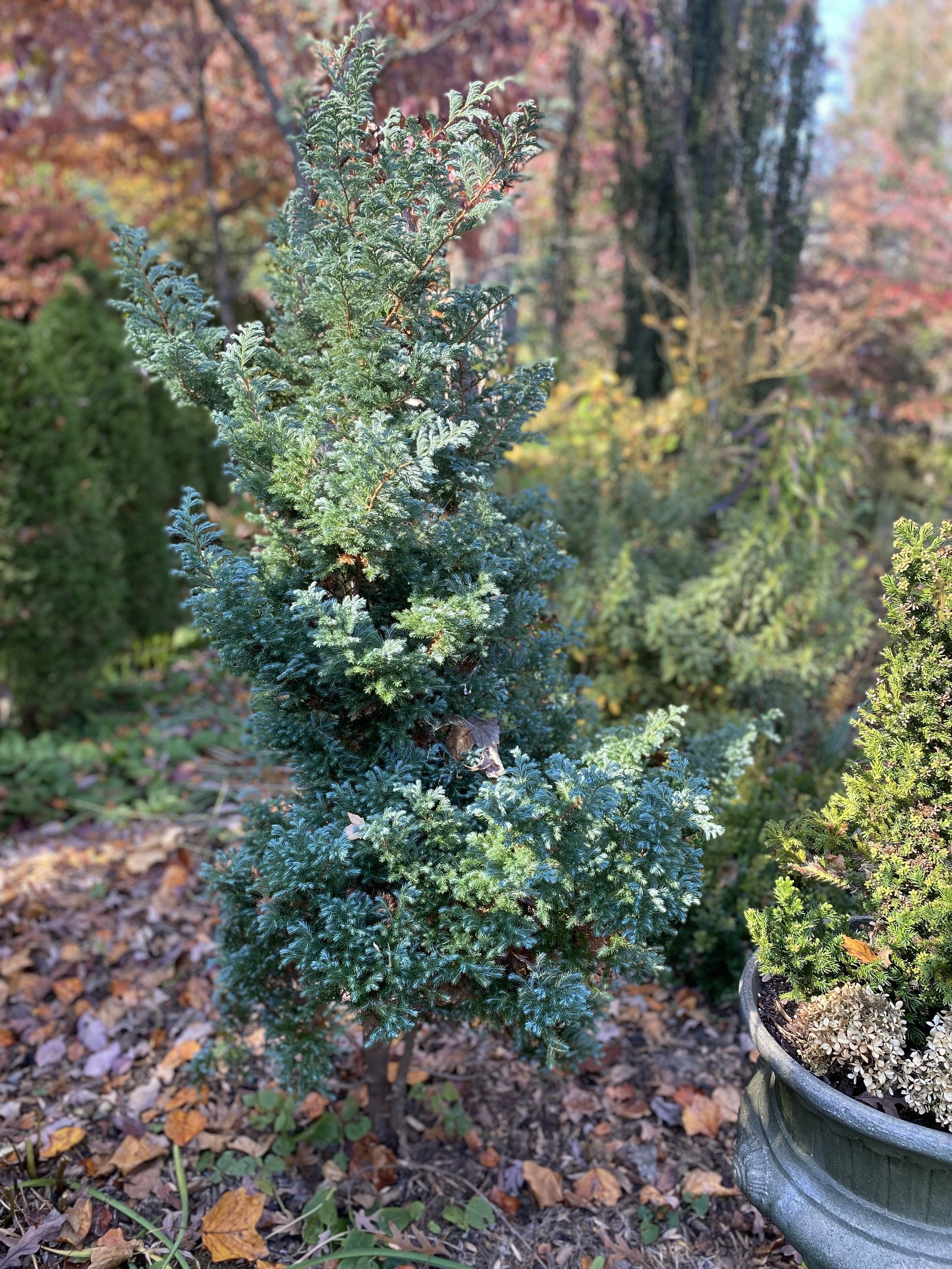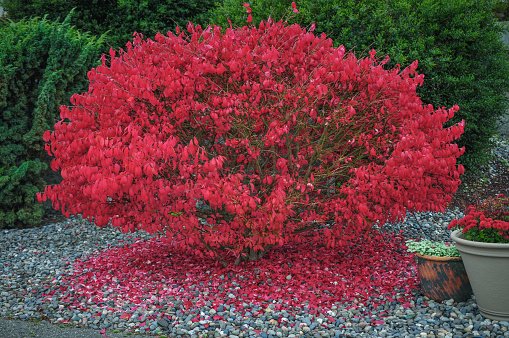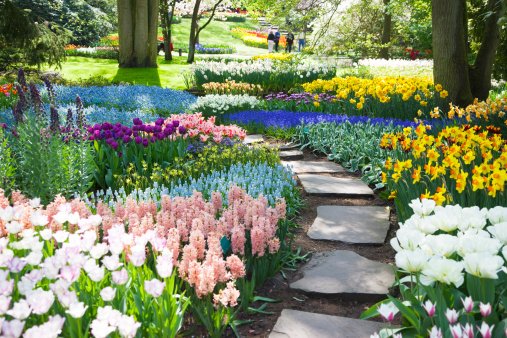Plants of the Week
You may have lots of extra plants around the house right now, so I thought it would be fun to talk about a few, and let us start with the Christmas tree. If you are thinking that a fake tree is better for the environment, check out this guest Garden Rant post by Joe Lamp’l. Apparently, the fake guys just don’t last that long, and because there is an industry devoted to the cultivation of Chistmas trees that are designed to be planted and harvested year after year, and because fake trees don’t smell like Christmas trees, cut trees are a good way to go. Real trees ready to be planted again are also a good choice, but you should know what your are doing. Here, Joe, who is practically writing this blog post for me, explains some good steps on how to do that.
Daughter-in-law goofing a few years back
But which tree? We fell in love with the Frasier fir years ago, and it has been our go-to because of the ornament hanging— small needles with stiff branches means you can load them on with abandon. Here’s an article on The Spruce (good choice, right? ) that names it as #1! So winning, but I have seen others articles that name the Balsam and the Douglas ahead of Frasier.
Check out my Amazon storefront for some Paperwhite accoutrements. I think they look best seen through glass, and either a tall vase or some attractive twigs and ribbon can keep them from flopping. Growing them in bright light will help too, Or, fix them a cocktail. If you start giving them booze when they are a few inches tall, you will stunt their growth, but only in height— the flowers will be just as lovely as if they were tea totalers.Here’s the study on it, with details, from Cornell University, called Pickling your Paperwhites.
How about a Christmas cactus? I had no idea that Thanksgiving and Easter each claim their own holiday cactus, but here’s a good video from Garden Answer on the differences among the types and how to care for them.
And lastly, the popular Poinsettia. Legend has it that they are extremely poisonous, but that is incorrect. They are simply … toxic, which most plants are! As my sister Kim points out during our chat, the number of plants that would give you a tummy ache, or worse, if you ate one is like the number of stars in the sky. Well, perhaps that is hyperbole, and many plants are edible, as we learned last week with Ellen Zachos The Backyard Forager. But you have to know which ones.
Poinsettias, like Amaryllises, can be kept as plants for years by knowledgeable and motivated gardeners. In the case of these two plants, I do not count myself among them, and choose to shop each season. Here are 2 simple tips to get them through that first season, though!
That shiny foil stuff holds water in which their roots would choose not to sit. Take it away or cut holes in it so the water can drain into a saucer.
Even a brief exposure to cold temps can make them drop their leaves so rush them around from store to house like the hot house divas that they actually are.
Guest
I am one of four siblings, and many of you know my sister Sue Ann. Brother Michael has not been on the show, but here is sister Kim, who is a professional dog trainer in Alexandria.
Okay, first, the promised puppy photos. These are all from her Instagram and she is @Canine_connection_va. And here is a link to her website.
Oh wait, this one is my granddog, Fez!
We talked about lots of ways to deal with dogs in the garden. Some of the basics were…
~ A dog should know and respond to his name
~ Positive reinforcement for good behaviors is really helpful to building a good and trusting relationship
~ If your dog is digging in your garden, you could set up a dedicated dig box for him to enjoy
~ If he’s got something objectionable is his mouth, you can train him to ‘trade’ for something suitable
~ “Leave it” an important cue, and of course recall (coming when called) is essential for having the kind of control that would enable your dog to be loose in your garden.
I have spent many wonderful hours with my various dogs in my garden— it just adds to the pleasure of being out there when you are with a peaceful, non-judgmental pal. Even one who can’t pitch in for lack of opposable thumbs.
Kim the trainer and a charge
I guess the garden isn’t the only good place to hang out with Ginny
Kim in her garden with the flower boxes her Tom made. In summer the back wall is green!
Listen
Listen to your family members and enjoy being around them.
Merry Christmas!














